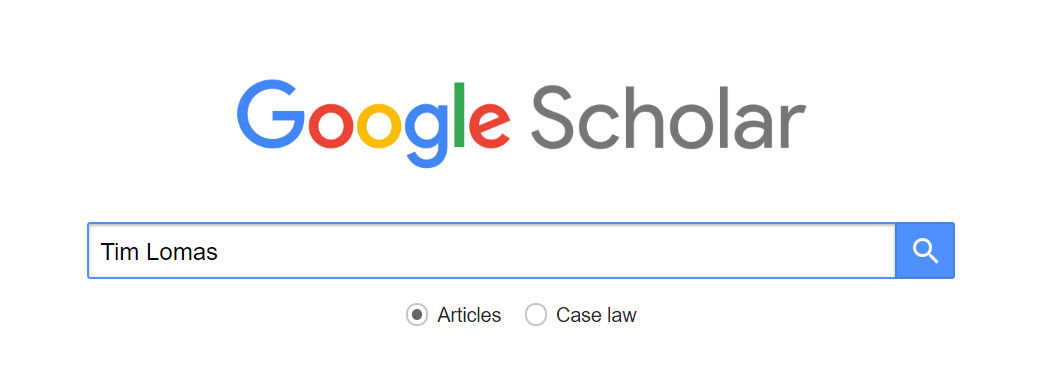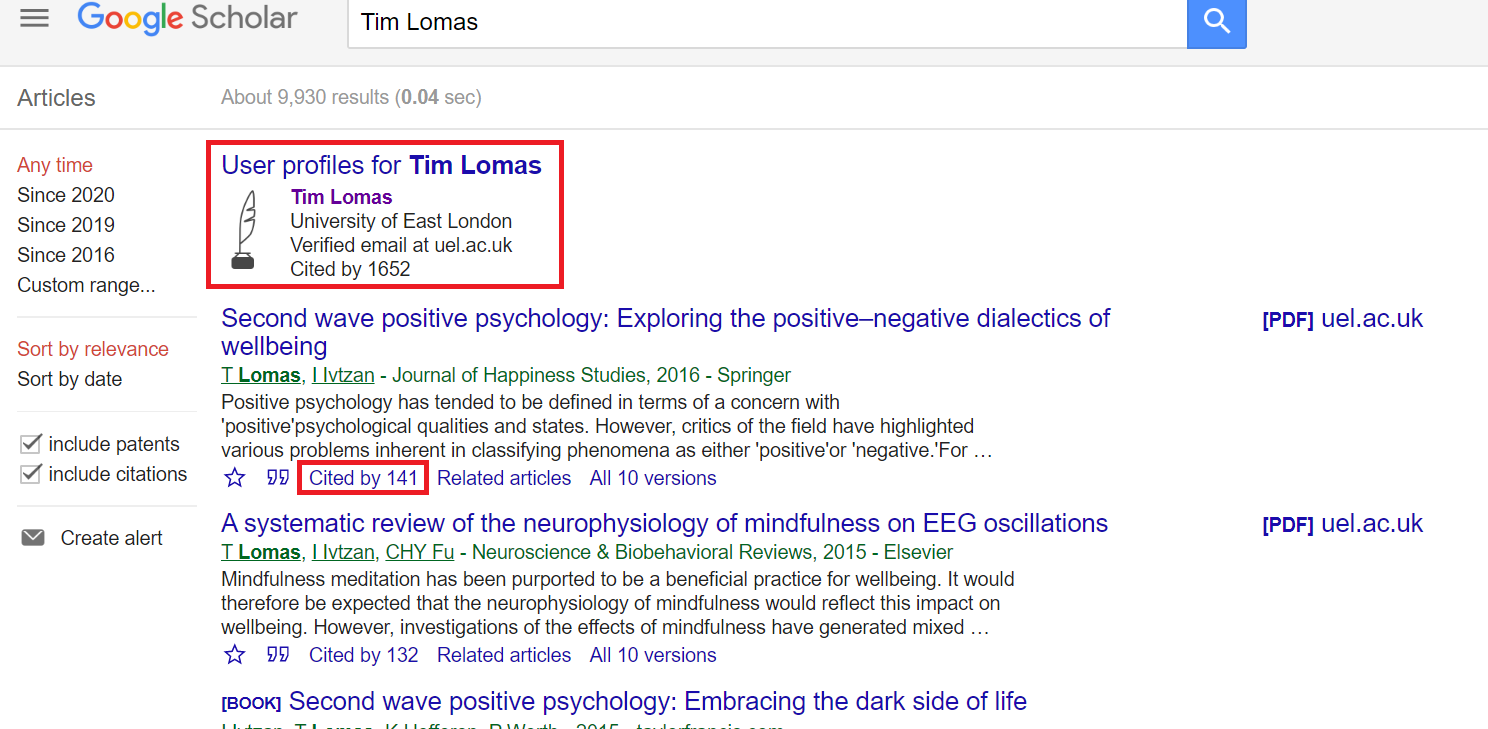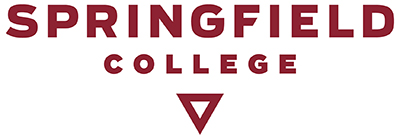Why does web literacy matter?
Sometimes it's easy to figure out whether or not you should trust information but even the best of us sometimes need a little help! You know when you read a headline on social media that makes you feel angry? Or maybe it makes you feel really happy and excited? Well, you're more likely to take those headlines as truth than you are to verify them. You might even be faster to click the "share" button and spread potentially incorrect information.
If you don't want to be part of the problem, and you want to make sure your research is based in factual information, keep reading. The strategies discovered in this section will help you sort through information on the web so you can stay up-to-date on the most accurate information and research.
But, what is fact-checking in the first place? Fact-checking is simply figuring out how correct or accurate claims are. It's important to remember that information may not be completely right or completely wrong. It's fairly common for claims to be based on something factual but still misrepresented or biased.
The information on this page is adapted from Michael A. Caulfield's Web Literacy for Student Fact-Checkers.
Fact Checking Websites
It's likely that someone else has already taken the time to verify the same information you're looking to verify. Fact-checking websites, like Snopes, Politifact, ProPublica, and others, investigate claims made in the news and on social media. These pages have search bars where you can type in a topic or claim to learn more. Once you find the claim, they will include information about how true the claim is. These pages cite their sources and explain where the claim came from. This helps you follow the facts.
Check Citations
Always check to make sure your sources include citations or references! Using these to follow up on information can make your work much easier.
Many online news sources create hyperlinks within each claim. (Hyperlinks are the blue, clickable text that take you to a new web page. Like this.) Others, like Wikipedia, include footnotes for each claim. When you scroll to the bottom of a Wikipeda entry, you'll find all of the sources used to write the article.
In some cases, one claim may lead you from one source to another. Following the trail of information will help you better understand the claim's history and answer your questions about the claim.
Read Laterally
Determining the reliability of web sources, like popular articles and blogs, can be more difficult than journal articles, newspapers, or books.
Reading laterally can help you determine the reliability of web sources.
Traditionally, you may look at what a website has to say about itself. Is it .com, .edu, .gov, or something? What does the "About Us" page say? However, if a site isn't trustworthy, they aren't likely to tell you that. Instead, research what sites you already trust say about the website.
Check out the Library Services Media Literacy Research Guide to learn more about where you go can to investigate web sources.
For a quick way to learn more about a website, book, or journal, check out the Research Companion Source Evaluation Aid.
Using Google Scholar
Google Scholar is a tool many students are already familiar with using but did you know that you can use it for lateral reading as well? In particular, you can use it to find out what kind of research someone does and see approximately how many times, and in what sources, a given article has been cited.
For this example, we're going to look up Tim Lomas, who wrote the positive psychology article we looked at in the Check Citations video.
From the Google Scholar homepage, type "Tim Lomas" in the search bar.

The results show us a user profile for Tim Lomas. He is associated with the University of East London, where he has a verified email address. His profile also shows he's been cited in 1652 articles. Under each article, you can see how many times Google has counted that it has been cited. (It's important to remember this number may not include every place the article cited. It just includes the citations Google knows about.) Higher numbers indicate the source is more popular but the more specific the topic, citation numbers will be lower.
We can also see Lomas's work is focused on meditation, mindfulness, and positive psychology so the article we looked at earlier is more than likely reliable and can be used in research.

Fact Checking Websites
It's likely that someone else has already taken the time to verify the same information you're looking to verify. Fact-checking websites, like Snopes, Politifact, ProPublica, and others, investigate claims made in the news and on social media. These pages have search bars where you can type in a topic or claim to learn more. Once you find the claim, they will include information about how true the claim is. These pages cite their sources and explain where the claim came from. This helps you follow the facts.
Applying the CRAAP Test
You've done some searching and you found a source you want to use for your assignment. Now, it's time to make sure the source meets the right standards for your academic research.
You can do this by using a simple acronym:
Currency, Relevancy, Authority, Accuracy, Purpose
Currency
- When was the information published?
- Is its publication date appropriate for your topic?
- If you are writing about current diabetes treatment, an article from 1970 would not be appropriate. However, if you are writing about the history of diabetes, an article from 1970 may be useful.
- Have there been any corrections or updates to the web page?
Tip: If you're unsure about whether the information is current enough for your research, ask your professor.
Relevance
- Does the topic relate to your research question?
- Who is the audience?
- Is the information at an appropriate level?
- For a biology research paper, an academic journal like Primate Biology would be a better choice than National Geographic.
- Have you read a variety of sources to make sure your source is the most appropriate for your information needs?
Authority
- What are the author's qualifications? Advanced degrees? Professional or personal experience related to the issue?
- Who published the information/source? (Is it from a newspaper, magazine, journal article, something else?)
- Is it easy to contact the author or publisher?
Accuracy
- Is the information supported by evidence?
- Are there references or citations?
- Can you verify the information presented?
- Does the language or tone of the paper indicate any strong emotion or bias?
- How has the information been reviewed?
Purpose
- What is the purpose of the information?
- Is the information a fact, opinion, or created to persuade you of something?
- Are there ideological, political, religious, cultural, institution, or personal biases present?
Next: Contact the Library
